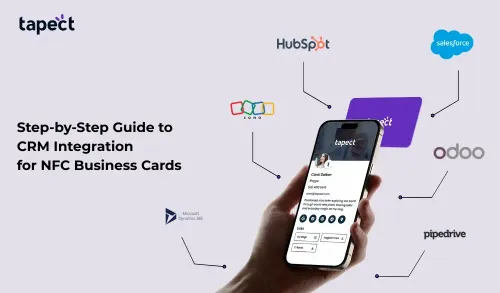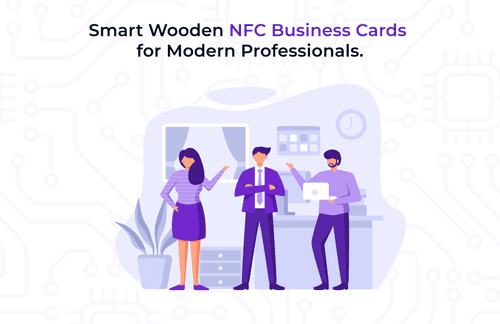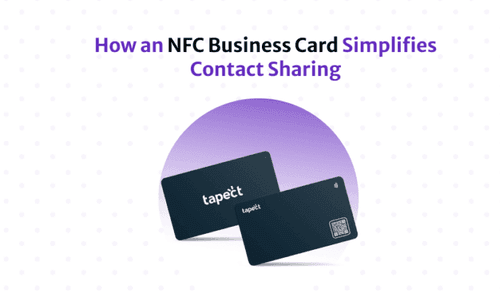The number of freelance workers has flowed in recent years. Despite changes in hiring practices, the demand for work persists, leading more employers to contract freelancers. Freelance and contract work offer mutual benefits. Contractors control their hours, availability, and rates, working from anywhere, whether it’s a couch, coffee shop, or beach. With this rapid growth of freelancers, it's crucial to enhance your networking and lead support strategies. If you’re still using traditional business cards, read on to discover why transitioning to a digital business card is the best move for freelancers.
The Benefits of Digital Business Cards for Freelancers
Traditional business cards have long been the norm, but are they practical for freelancers? We don't think so. More freelancers offer multiple services. For instance, a freelance photographer/videographer may also provide editing, animation, and social media content. Similarly, a freelance journalist might also handle marketing and website building. These multifaceted roles are difficult to convey on a card. This is where digital business cards come in. Digital business cards enable freelancers to clearly describe their services while including links to their work. Beyond listing services, they can incorporate links to social media profiles, portfolios, rate sheets, and more. Although QR codes are an option, they typically link to a single outlet.
Digital Business Cards allow freelancers to create multiple cards tailored to different situations. For example, a journalist at a food-focused event can share a card highlighting their food publications, then switch to a content creation card for a meeting with a potential client the next day.
This flexible, digital tool perfectly captures the versatility freelancers need, far surpassing the effectiveness of carrying multiple traditional paper cards
Special Business Card Requirements for Freelancers
Besides offering multiple services, there are numerous other compelling reasons why every freelancer should prioritize getting a digital business card.
Traditional paper business cards often end up in the trash within hours of receipt. According to a recent Adobe study, a staggering some percentage of exchanged cards meet this fate. In contrast, digital business cards seamlessly integrate into a recipient's phone as a contact card, eliminating the need for scanning or manual input.
Digital cards send a clear message that clients value: freelancers adeptly navigate various technologies essential for their businesses. By showcasing a range of apps and software they can use, freelancers demonstrate agility and technological integration. A pro tip: include links to all the apps and software you utilize!
Cost-effectiveness is another advantage. Designing and printing paper business cards, often ineffective, can be pricey and require reprinting, especially if you have multiple cards for different services. Conversely, the digital business card requires no reprinting and can be quickly and easily designed, even branded, saving both time and money.
Furthermore, digital cards are environmentally friendly. The paper industry currently contributes to deforestation, felling about some million trees annually for paper business cards. By going digital, freelancers opt for a sustainable option that reduces paper waste and helps mitigate climate change.
The Essential Tool Freelancers Should Add to Their Toolkit
Drop the hassle of managing multiple, colorful, shiny, or embossed paper cards. Save both time and money by discovering the numerous advantages and options offered by digital business cards, transforming them into powerful networking and marketing tools.
Conclusion
For freelancers, the best digital business card streamlines networking and enhances professionalism. It's a versatile tool offering flexibility, cost-effectiveness, and eco-friendliness. With its ability to adapt to various situations and convey a range of services, the digital business card emerges as an indispensable asset for freelancers in today's digital age.



